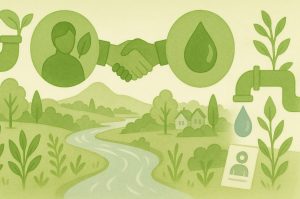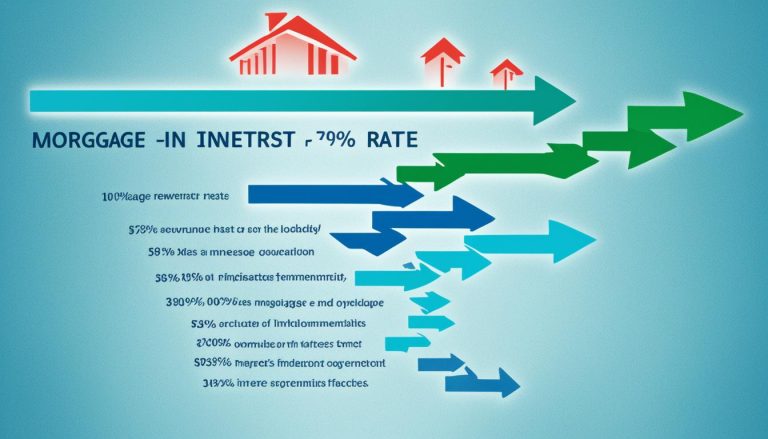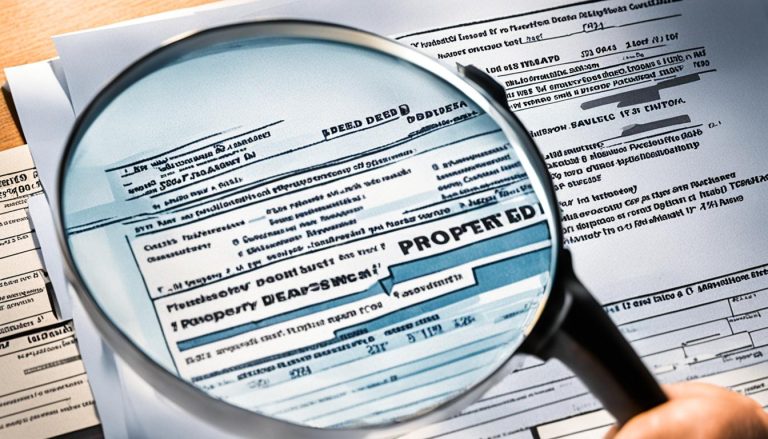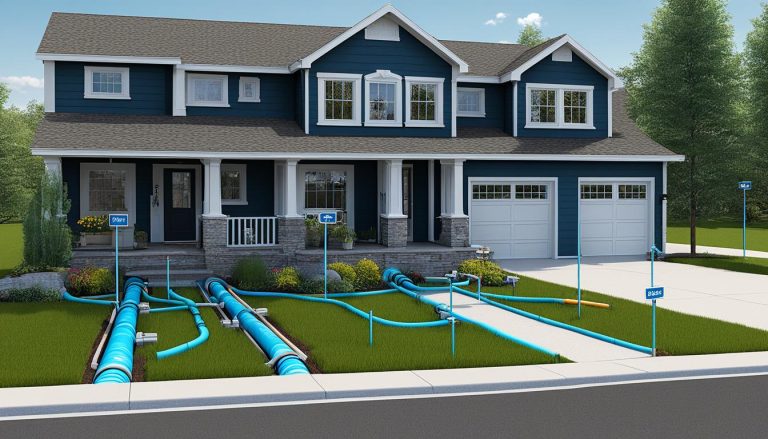Understanding what influences the average water bill for a 2 person household in the UK is essential for budgeting effectively. Water costs differ across regions and depend on whether a property has a water meter.
In 2025, with utility prices on the rise, being informed about how water charges work and what you can expect to pay can help reduce unnecessary spending. This guide breaks down current pricing, regional variations, and ways to manage or lower your water bill.
What Is The Average Water Bill For A 2 Person Household In The UK In 2025?

In 2025, a two-person household in the UK can expect to pay an average of approximately £409 per year on their water bill. This equates to about £34 per month, assuming the household is using a water meter. For properties without a meter, bills are estimated using the property’s historical rateable value, which can lead to different charges regardless of actual water usage.
Water charges are divided into two primary components:
- Supply of clean water to the property
- Removal and treatment of wastewater or sewage
Households without meters may experience higher or lower bills depending on their actual consumption, since their charges are not usage-based.
How Are Water Bills Calculated In The UK?
The way water bills are calculated in the UK largely depends on whether the property is metered or unmetered.
Metered Properties
Water meters record the exact amount of water used in the household. Charges are then applied to both the water supply and wastewater services, based on the recorded usage.
Unmetered Properties
Bills for homes without meters are assessed using the property’s rateable value, a valuation determined between 1973 and 1990. This system is unrelated to the household’s actual water consumption.
Key Factors That Influence Billing:
- Location of the property
- Whether a water meter is installed
- Presence of a cesspit or septic tank (these properties typically do not incur sewerage charges but do have associated maintenance costs)
In Scotland, most households are billed for water through their Council Tax, unless they have a meter. In Northern Ireland, there are no direct domestic water charges as these are covered through general taxation.
What Are The Average Water Costs Based On Region?
Water charges vary across the UK due to differing operational costs among regional suppliers. The table below presents the average annual and monthly charges based on data from the 2023/24 billing period.
| Water Company | Average Annual Bill (£) | Average Monthly Bill (£) |
| Anglian | 492 | 41 |
| Hafren Dyfrdwy | 372 | 31 |
| Northumbrian | 391 | 33 |
| Severn Trent | 419 | 35 |
| South West | 476 | 40 |
| Southern | 439 | 37 |
| Thames | 456 | 38 |
| United Utilities | 443 | 37 |
| Wessex | 504 | 42 |
| Yorkshire | 446 | 37 |
| Welsh Water | 499 | 42 |
| National Average | 448 | 37 |
Each company sets its prices based on the cost of supplying and maintaining infrastructure in its service area. This explains the noticeable variation in bills across regions.
How Does Household Size Affect Water Usage And Bills?

Household size is directly linked to water consumption in metered homes. The more people residing in a property, the more water is likely to be used for daily activities such as bathing, cooking, and laundry. The following table provides a breakdown of average bills based on the number of occupants.
| Number Of People | Annual Bill (£) | Monthly Bill (£) |
| 1 | 291 | 24 |
| 2 | 409 | 34 |
| 3 | 527 | 44 |
| 4 | 612 | 51 |
| 5 | 679 | 57 |
| 6 | 747 | 62 |
This table is particularly useful for understanding how usage increases with additional occupants in metered homes.
What’s The Average Bill By House Size If There’s No Water Meter?
For unmetered households, water charges are often estimated based on the size of the home, specifically the number of bedrooms. Thames Water and other suppliers offer “assessed charges” for properties where meters cannot be installed. These charges are not linked to actual water usage.
| Bedrooms In Home | Average Annual Bill (£) | Average Monthly Bill (£) |
| 1 or fewer | 206 | 17 |
| 2 | 214 | 18 |
| 3 | 229 | 19 |
| 4 | 241 | 20 |
| 5 or more | 257 | 21 |
This model may be less accurate than metered billing, but it offers a structured way for suppliers to bill unmetered homes.
How Can UK Households Reduce Their Water Bill In 2025?
As the cost of living continues to rise in the UK, many households are actively seeking ways to manage essential utility expenses, including water.
Fortunately, there are several practical and effective methods that can help reduce water usage and, in turn, lower water bills, especially for metered properties. Even unmetered households can benefit from these strategies by using water more efficiently.
1. Consider Installing A Water Meter
One of the most impactful steps for smaller households is to switch from an unmetered to a metered supply. Water meters charge based on actual usage rather than the rateable value of the property. This can result in substantial savings, particularly for:
- Households with fewer occupants
- Residents who spend extended periods away from home
- Individuals who are already conscious about water usage
Most water companies will install a meter free of charge and offer a trial period, during which customers can revert back if metering proves more expensive.
2. Make Use Of Water-Saving Devices
Modern water-saving technology is widely accessible and often provided for free by water suppliers. These simple gadgets can lead to noticeable reductions in water consumption without sacrificing convenience or comfort.
Commonly offered devices include:
- Tap aerators that reduce flow while maintaining pressure
- Low-flow showerheads that use less water without compromising performance
- Cistern displacement devices or dual-flush kits for toilets
These tools are easy to install and help limit wastage in high-usage areas such as bathrooms and kitchens.
3. Reduce Water Waste Through Everyday Habits
Changing daily routines can make a significant difference to water consumption. These small adjustments, when practised consistently, lead to measurable savings over time.
Here are a few examples:
- Turn off the tap while brushing your teeth
- Limit showers to five minutes or less
- Only run dishwashers and washing machines with full loads
- Wash vegetables in a bowl instead of under a running tap
- Collect rainwater for garden use, reducing the need for hosepipes
These behavioural changes not only conserve water but also promote long-term financial and environmental sustainability.
4. Detect And Repair Leaks Promptly
Leaks are a major source of water wastage in UK homes. Even a slow dripping tap or a constantly running toilet can waste thousands of litres annually, leading to unnecessarily high bills.
Households should regularly check:
- Taps and pipes for visible drips
- Toilet cisterns for silent leaks (a dye test can help detect this)
- Outdoor taps and garden hoses during summer months
Some water companies also offer free leak detection services or guidance on spotting hidden leaks.
5. Choose Water-Efficient Appliances
When replacing old appliances, opting for water-efficient models can contribute to lower bills in the long term. Look for the Water Label or European Union Energy Rating, which often includes information on water usage.
Appliances to consider upgrading include:
- Dishwashers with eco modes
- Washing machines that use less water per cycle
- Toilets with a dual flush mechanism
Though these appliances may involve upfront investment, they often lead to savings in both water and energy bills over time.
6. Access Free Resources From Your Water Supplier
Most UK water providers offer support programmes and tools to help customers reduce their consumption. These may include:
- Free water-saving kits delivered by post
- Online water usage calculators
- Tips and advice personalised for your region and household size
Some suppliers even offer free home visits, where trained technicians assess your usage habits and recommend ways to reduce waste. In many cases, they will install water-saving devices during the visit at no extra cost.
What Financial Help Is Available If You’re Struggling To Pay Your Water Bill?

For households facing financial difficulty, UK water companies offer a range of support schemes to ensure access to water remains affordable:
- Flexible Payment Options: Tailored plans to spread payments across the year
- Payment Holidays: Short-term relief for those experiencing financial hardship
- Social Tariffs: Reduced rates for low-income customers, often tied to benefit eligibility
- WaterSure Scheme: This government-backed initiative is available for metered households with high water usage due to medical needs or large families
To qualify for these schemes, customers typically need to meet criteria such as being on a means-tested benefit and providing proof of eligibility. Each supplier has its own version of these schemes, so it’s essential to contact them directly for application details.
What Additional Support Do Water Companies Offer For Saving Water?
In response to growing concerns about environmental sustainability and rising household costs, water companies across the UK have increased their efforts to support customers in reducing water usage.
Beyond billing and tariff adjustments, suppliers now offer a wide range of services, tools, and resources aimed at helping households use water more efficiently, many of which are available at no extra charge.
This support is not only designed to help individual customers save money, but also contributes to national goals around water conservation and climate resilience.
Free Water Efficiency Audits
Several water suppliers now offer free home water audits, particularly to metered customers or those who request assistance. During these audits, a representative from the water company visits the property and:
- Reviews water usage patterns in key areas (bathrooms, kitchens, gardens)
- Identifies areas where water may be wasted or overused
- Offers personalised advice on behavioural changes and equipment upgrades
In some cases, these visits are conducted in person, while others are managed virtually through telephone or video consultations.
Installation Of Water-Saving Devices
As part of water efficiency programmes, many water companies provide and install devices that help households reduce consumption. These installations may be carried out during home audits or requested separately via the supplier’s website.
Common devices include:
- Tap aerators to reduce flow without affecting performance
- Low-flow showerheads that use less water per minute
- Cistern displacement devices or dual-flush kits for toilets
- Trigger nozzles for garden hoses to minimise waste outdoors
These devices are designed to operate seamlessly with existing plumbing and require minimal, if any, maintenance.
Access To Online Tools And Water Calculators
Water suppliers also offer online tools to help customers better understand their water usage and discover ways to cut back. These tools can be accessed through the company’s website and often include:
- Interactive usage calculators, which estimate daily and monthly water consumption based on household habits
- Bill comparison tools, helping users understand whether they’re using more or less than average for their household size
- Personalised water-saving advice, tailored to each household’s profile and region
These resources are particularly valuable for identifying invisible or underestimated areas of consumption.
Water Efficiency Advice Campaigns
Many water providers run awareness campaigns focused on seasonal water conservation. For instance, during the summer months, customers may receive tips on using water responsibly in the garden or when washing vehicles. These campaigns may include:
- Leaflets or newsletters mailed with water bills
- Social media advice posts
- Community events or local outreach programmes
Such efforts aim to educate consumers and promote widespread change in water usage behaviours across regions.
Priority Services And Educational Outreach
Some water companies also provide additional help for vulnerable customers through priority services registers. These customers may receive tailored advice or direct assistance in managing their water usage, particularly if they have health or accessibility concerns.
In addition, suppliers frequently work with schools, community groups, and local councils to promote water education. These initiatives can include:
- Workshops and school visits to teach children about water conservation
- Collaborations with charities and housing associations
- Resources to support landlords and property managers in improving water efficiency across multiple residences
Collaboration With Environmental Bodies

To further enhance their water-saving initiatives, many suppliers partner with organisations such as Ofwat, Waterwise, and the Environment Agency.
These partnerships enable water companies to develop robust conservation strategies that align with national and local environmental targets.
These collaborations also ensure that best practices are shared across the industry, helping all UK households benefit from the most up-to-date water-saving technologies and methods.
Conclusion
The average water bill for a 2 person household in the UK can vary depending on location, metering, and household water habits. With the right information, residents can assess their current costs, take steps to reduce water consumption, and access financial support when needed.
Whether metered or unmetered, being aware of how charges are calculated and what assistance is available can make a measurable difference to household expenses in 2025 and beyond.
FAQs
How do I find out who my water supplier is in the UK?
You can find your supplier using the “Find Your Supplier” tool on the Water UK website, especially helpful if you’ve just moved home.
Can I switch water suppliers to reduce my bill?
Unlike energy suppliers, water suppliers in the UK cannot be switched. You are assigned a supplier based on your geographic area.
What is WaterSure and who qualifies?
WaterSure is a scheme that caps water bills for qualifying households on a water meter with high water usage due to medical needs or large families.
Is it cheaper to have a water meter?
For smaller households with moderate water use, a water meter can result in lower bills as you only pay for what you use.
How often do water bills increase?
Water companies usually review and adjust their tariffs annually, often increasing prices due to inflation or infrastructure investment.
Are water charges the same across all of the UK?
No. England and Wales have 16 companies with varying prices. Scotland and Northern Ireland have different billing systems.
Do landlords include water bills in rent?
Sometimes. It’s up to the rental agreement. Tenants should check whether utilities are included or billed separately.






